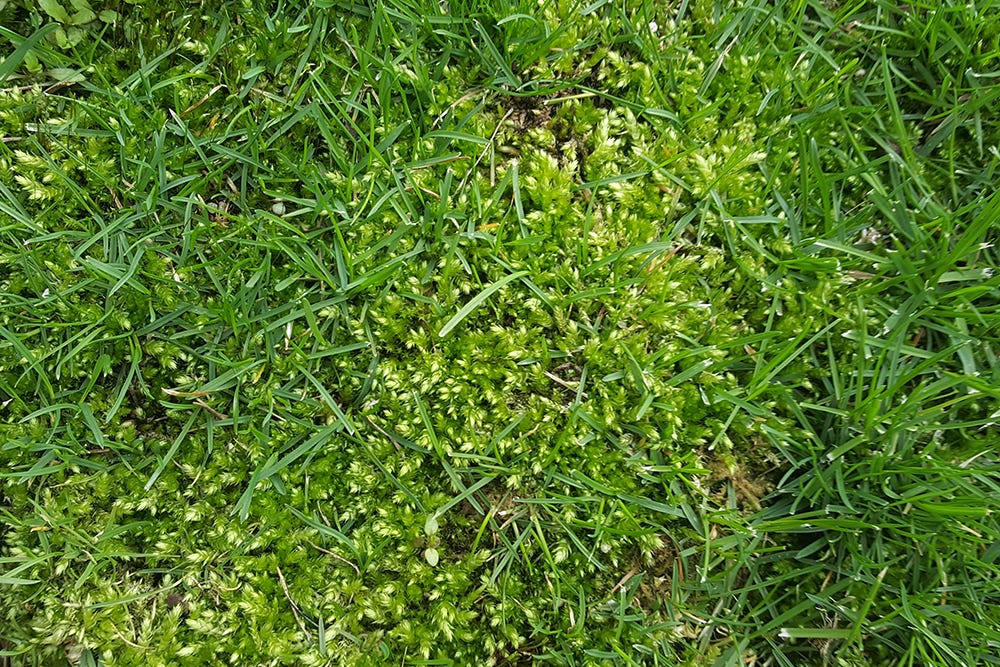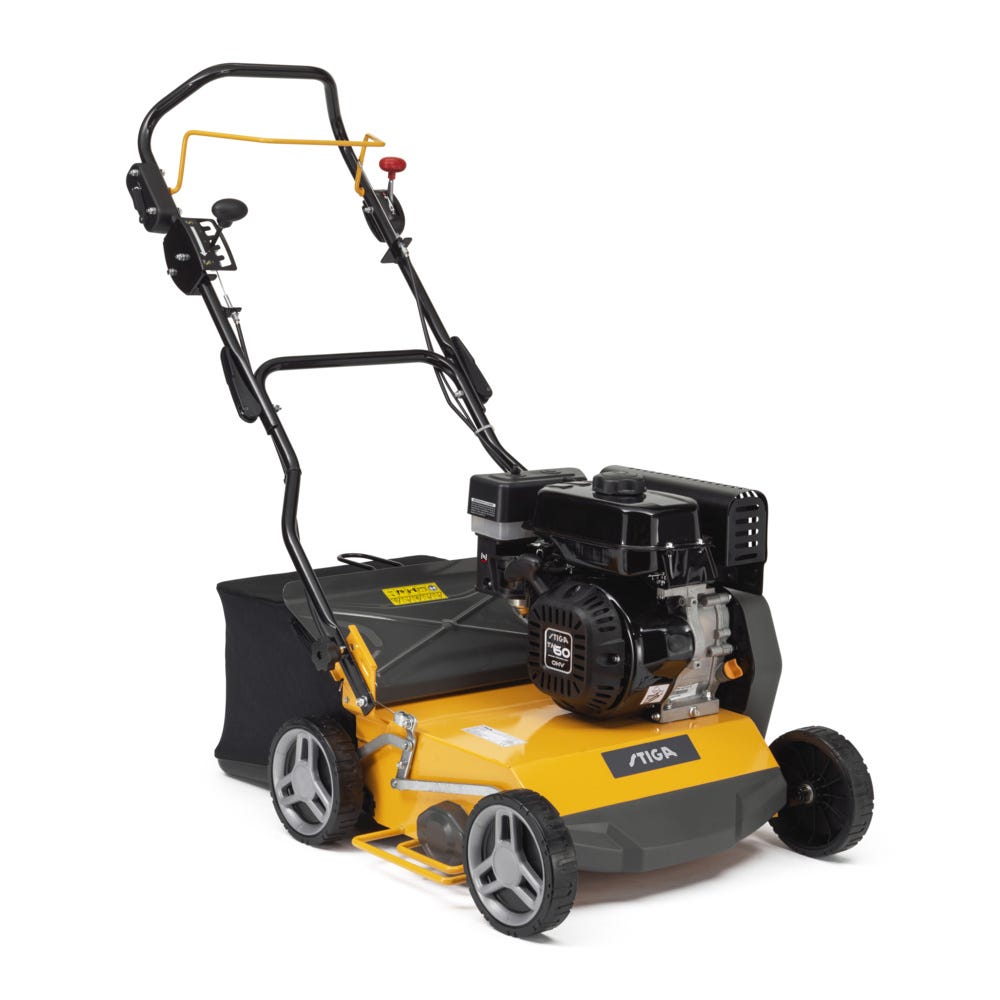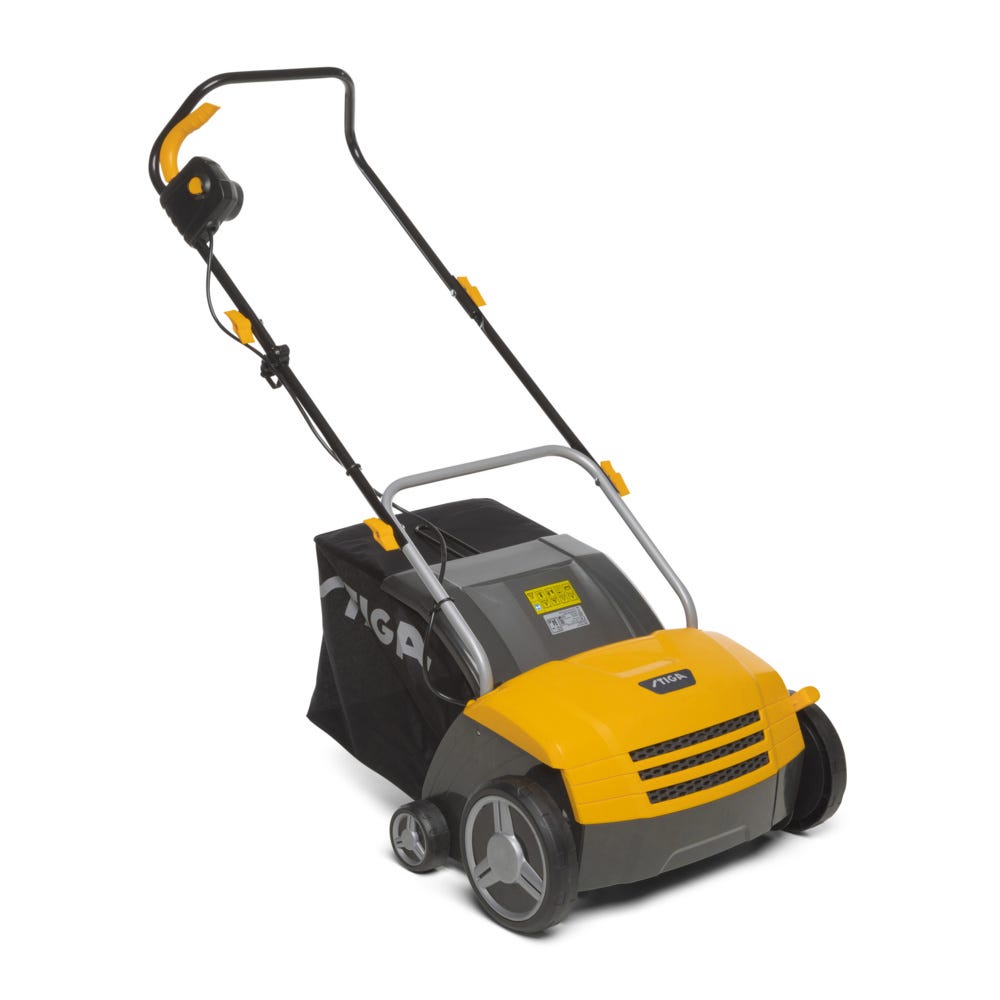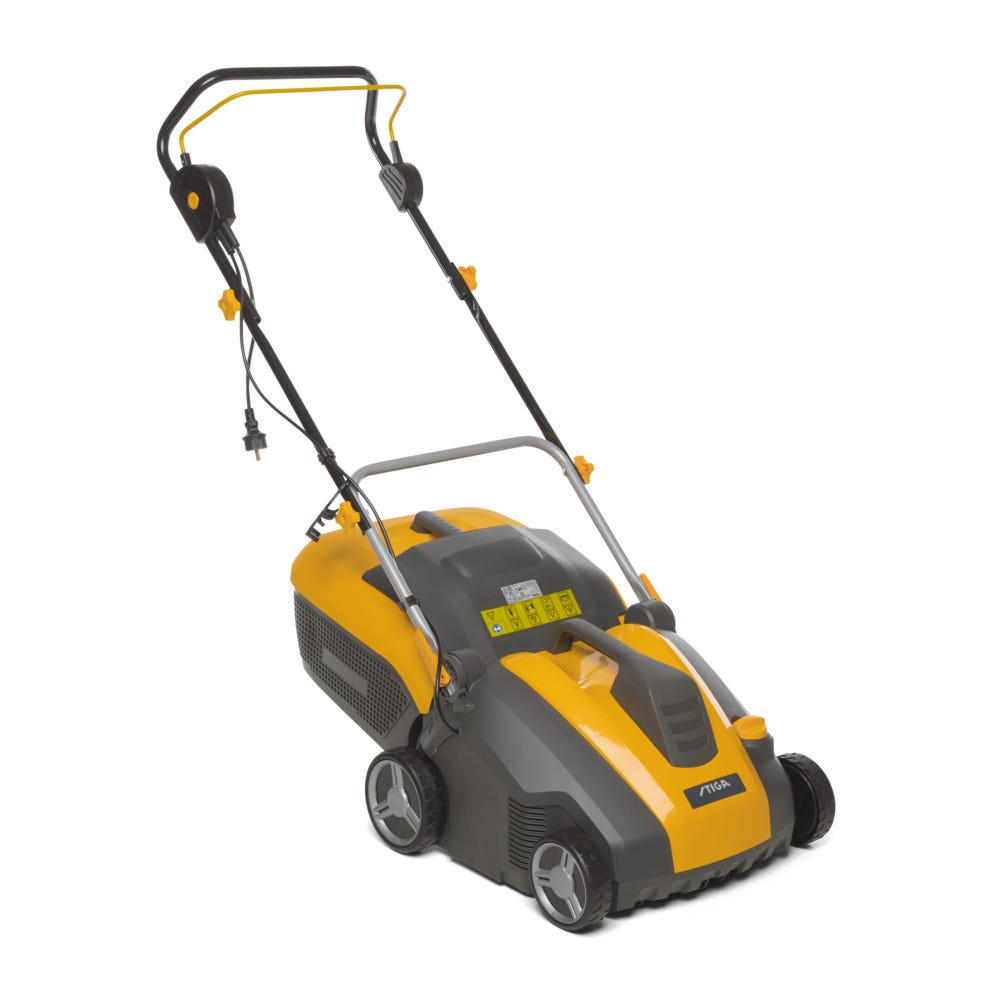
1. Do it at the right time
Dethatching and aeration help improve the health of your lawn, but can damage the grass. So, it’s best to dethatch only when the grass is actively growing (either early autumn or spring) , giving it time to grow back and repair the damage before the hot summer and the cold winter.
2. Do it only when necessary
Take a good look at the grass near to the ground. If you can see a thick layer of dead grass, it’s a good time to dethatch. If this layer is very thin, or you can barely see one, no need to worry.
3. Consider overseeding
If more than 50% of your grass has been removed or damaged after you’ve dethatched, it’s worth overseeding your lawn to speed up the recovery process. Just remember to water it every day for a week or two afterwards.
4. ... then fertilize
Following the overseeding process, spread a little fertilizer after a couple of days to help the grass recover from the damage.



